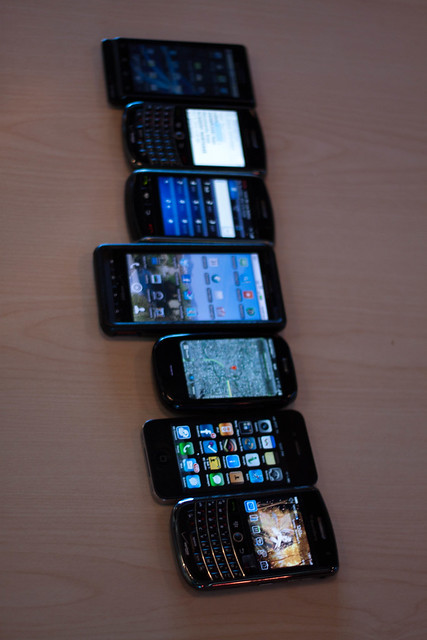Helping the ‘mature consumer’ to help themselves
We’ve all noticed that the youngsters cannot live a moment without their mobile phones. It is a disaster if they lose them as they are permanently connected to their friends texting, tweeting or on Facebook. In fact it seems to be their communication system of choice. It’s the modern can’t-live-without accessory.
For those of pension age and beyond the concept is bizarre. This generation can probably remember the days of not even having a house phone and having to use a public telephone box if they wanted to contact someone. They certainly find it strange that the younger generation cannot disconnect from theirs.

Just over thirty years ago it was still quite normal to travel hundreds of miles by road and not have a means of communication, save stopping at motorway services and using the public telephone. Now most people feel insecure if they don’t have the phone with them at any time, let alone when on a long road journey.
Ordinary iPhones and smart phones with touch screens are not very user-friendly for those with less than nimble fingers or failing eyesight. But the mature consumer need not worry because companies are beginning to consider their needs and are developing options specifically for their market.
Fujitsu Stylistic S01
Japanese company Fujitsu are one such company. Their Stylistic S01 mobile phone has easy to use large type, big buttons and has a number of special features. These include measuring steps and calories. If you pull out the ‘help’ button it sends an automated call to a preset number and requests help. Its GPS function clicks on automatically to tell the person called, the caller’s exact location. Ingenious.
The good news is that a version of this smart phone will be available in the UK later in the year.
The Doro HandlePlus
The Doro HandlePlus mobile has been designed with the mature consumer in mind. It has four large buttons that can be preset to people the user wants to call regularly. And it can be pre-programmed to contact a family member or the emergency services if the user has an accident. Here is a video about them.
So although it may not have all the features of the Japanese versions, it is simple to use which is probably one of the main features that most older people are after.
Kyocera’s Mi-lock phone
Another Japanese company, Kyocera has developed a mobile phone especially for use in the home. The Mi-lock has a docking station that includes a motion sensor. Yes the Mi-lock has a number of monitoring systems for family or carers to ‘keep an eye’ on the mature user.
Essentially this phone is designed for use by senior citizens living alone so the monitoring systems have a really useful and important function. A strap at the end of the device can be pulled out to activate an alarm. It makes a loud noise and sends an email to an emergency contact. The Mi-lock also features a pedometer, which tracks how many steps the senior takes and sends a report to a family member!
Contact is also made if the sensors in the docking station don’t detect any movement over an extended period of time.
At the time of the article which announced these devices going to press in February this year, there were no plans to bring the Mi-lock to Europe just yet.
However Emporia Telecom, a Spanish company, has launched a basic new phone that is able to connect directly to a family member’s Android or iPhone as long as they are running the eME App.
For more advice on choosing phones for the older generation, take a look at the Mobile Choices website. Even Santa’s not too old for a mobile phone!

